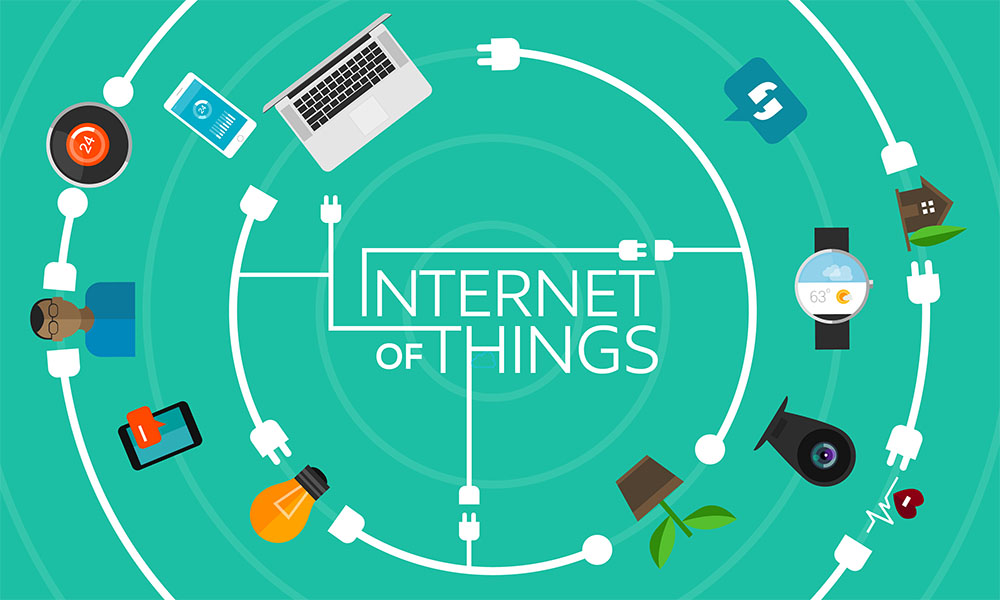
Has your fridge been hacked? The security considerations of the Internet of Things
How much do you trust your fridge? The question may seem flippant but, as the Internet of Things continues to grow, it will become an entirely serious one.
Connectivity brings convenience and sometimes that convenience is priceless, but it also brings risks. A recent NHS hack provided a very clear example of these points in practice. On the one hand, connectivity allows medical staff to access a patient’s records even if they are many miles from their local GP and this can, quite literally, save lives. On the other hand, it was this connectivity that made it possible for the NHS to be attacked by the WannaCry virus.
As increasing numbers of devices develop smart capabilities and go online to help their owners run their lives more efficiently, so the threat of security breaches will become more severe. There are basically three forms these breaches can take.
1. Devices will be hacked to do something totally different
Take a quick look at the internet and you’ll find plenty of examples of “hacks” in which people find new ways to use everyday products. Common ones include using plastic wrap to keep jewellery untangled during travel, using toilet-roll tubes as cable organisers and using baking trays as notice boards.
Given human ingenuity and creativity, it’s really only going to be a matter of time before people start to look for new ways to use connected devices and, in all probability, most of them are going to be entirely innocent. Some of them, however, will not, like the real-life example of the internet connected fridge that was hacked to send pornographic spam while it was making ice cubes.
2. Devices will be hacked to do what they were meant to do but for malicious purposes
Connected baby monitors allow parents to keep an eye on their baby from anywhere in the house, but there have already been real-life examples of these monitors being used as eavesdropping devices.
It seems likely that this threat will only increase as more of these sorts of devices start being used. For example, pet monitors are already popular and “smart doorbells” are starting to take off. These connect to smartphones and allow people to interact with anyone at the door. While this does have obvious security benefits, it also comes with obvious security risks.
3. Devices will be stopped from doing anything at all
Computer owners already need to be aware of the threat posed by ransomware, but at least in the standard IT world, there is already a straightforward way to protect your key data from this threat, which is to back it up and store it offline.
When it comes to connected devices, the situation may get rather more complicated. For example, let’s say you fill up the aforementioned fridge with food and drink for the festive season and it is hacked and a ransom is demanded to access your goods. It sounds fanciful but, unless you have appropriate security in place to prevent this sort of attack, this may actually become a real-life question.
Our privacy and safety need to be at the forefront of our minds when we purchase and use IoT devices. It may be fun and novel to ask Alexa to stock up on our favourite cleaning products or to unlock the front door with an app but, if we lose control of them, we could face hacking and potential danger in our real lives as well as our online ones.



